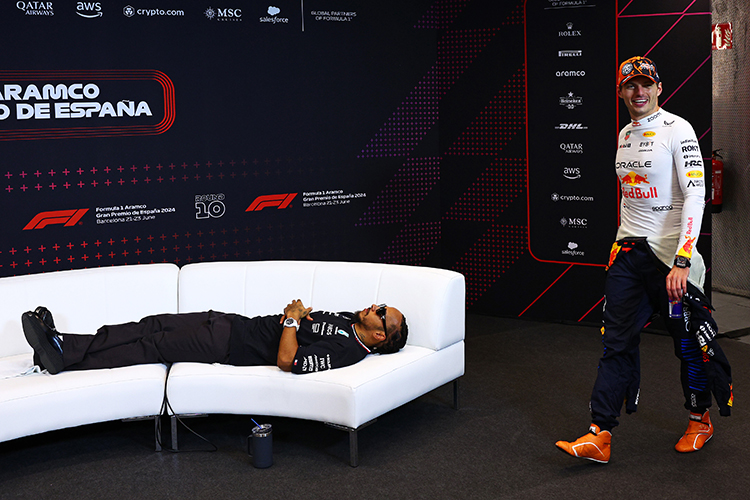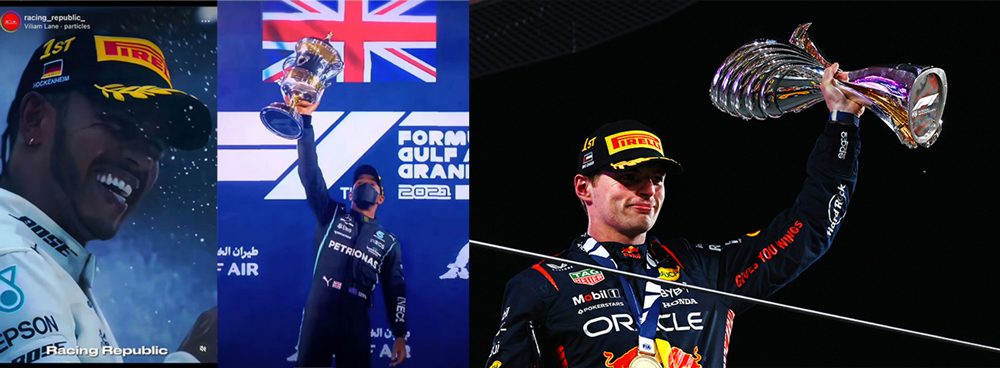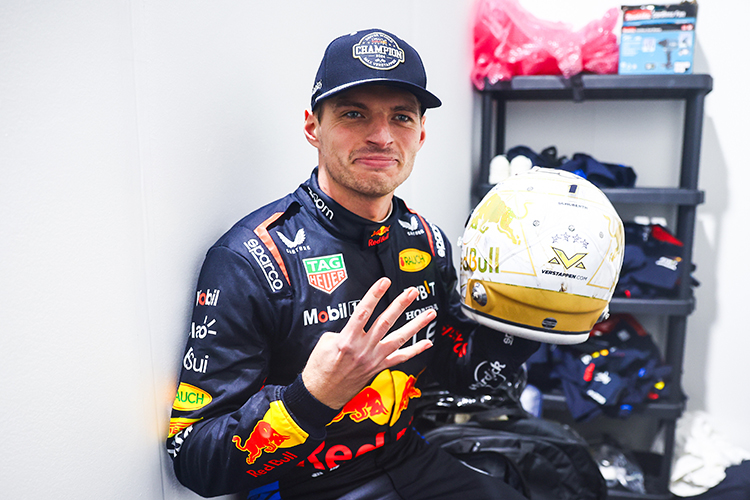How Safe Are F1 Races Today? Inside Modern Formula 1 Safety
Are F1 Races Safe?
Short answer: F1 is safer than it has ever been—by a long way—but it’s not risk-free. At 300 km/h plus, the sport will always carry danger. The question is how the modern ecosystem of car design, track engineering, rules, and people stacks the odds massively in drivers’ favor.
How we got here: from “heroic” to high-tech
In the 1950s–70s, fatalities were tragically common. The 1994 tragedies at Imola triggered a wave of reforms that never really stopped. Since then, continuous improvements have driven down serious injuries dramatically. There has been one F1 driver fatality during a Grand Prix weekend since 1994—Jules Bianchi’s crash at Suzuka in 2014 (he passed away in 2015). That sober fact underlines two truths: the sport’s safety revolution works, and it must keep evolving.
The car: a survival machine disguised as a missile
- Survival cell (monocoque): The driver sits in a carbon-fiber “cocoon” designed to stay intact as everything else sacrificially breaks away. Anti-intrusion panels and energy-absorbing structures surround the cockpit.
- The halo: Introduced in 2018, this titanium wishbone can withstand loads equivalent to a small bus and has already saved lives—think Romain Grosjean’s fireball in Bahrain 2020, Charles Leclerc at Spa 2018, and Lewis Hamilton at Monza 2021.
- Crash structures: Front and rear “crumple zones” convert kinetic energy into broken carbon, not broken bones. Post-2020 rules require the car to separate in a controlled way without exposing the fuel cell.
- Roll hoop: Strengthened after Zhou Guanyu’s dramatic 2022 Silverstone crash to prevent failures in high-speed rollovers.
- Wheel tethers: Multiple high-strength tethers aim to keep wheels attached in big hits, reducing the risk of flying debris. They’re not infallible, but failures are rare.
- Fuel safety: Refueling is banned (since 2010), the fuel cell is a flexible, puncture-resistant bladder, and onboard systems automatically shut fuel flow during a crash. Fire is now uncommon and usually brief.
- Fire suppression: Cars carry plumbed-in extinguishers; drivers wear multi-layer, fire-resistant suits, balaclavas, gloves, boots, and underwear meeting the latest FIA standards—Grosjean’s survival is a testament to these layers and rapid response.
- ERS/high-voltage protocols: Hybrid systems mean extra precautions. A status light shows whether the car is electrically safe; marshals use insulating gear and strict procedures before touching a car.
- Data and cameras: Each car carries an accident data recorder and high-speed “ear” and cockpit cameras used to analyze incidents and improve future design.
The driver: protected, instrumented, and trained
- Helmet and HANS: Helmets resist high-speed impacts and penetration; the HANS device reduces violent head and neck motions in crashes.
- Biometric gloves: Sensors can report pulse and blood oxygen to medics after a heavy hit, speeding triage.
- Fit-to-race standards: Baseline medicals, concussion protocols, and post-crash checks are formal and enforced.
- Egress drills: Drivers must escape the cockpit within seconds, even with the halo fitted and the car in awkward positions.
The track: designed to forgive mistakes without stealing the challenge
- Barriers and run-off: TecPro blocks, tire stacks, concrete walls in the right places, and ever-evolving run-off areas absorb energy and slow cars. Many corners use asphalt run-off to let drivers slow down before gravel traps or barriers; other areas still use gravel to stop out-of-control cars.
- Curbs and edges: “Sausage curbs” that could launch cars have been removed or redesigned in many places. Drain covers and track furniture are inspected relentlessly.
- Flagging goes digital: Alongside traditional flags, bright LED panels around circuits and in-car warnings alert drivers instantly to hazards.
- Pit lane safety: Speed limits (typically 80 km/h, lower at Monaco), tightly controlled procedures, and the end of refueling have made fires and pit-lane injuries rare.
The rulebook: slow the field, fix the hazard, then race
- Safety Car (SC) and Virtual Safety Car (VSC): After Bianchi’s crash, the VSC was introduced to neutralize the field with a strict speed delta without bunching cars. The traditional Safety Car still leads the pack when bunching is safer.
- Red flags and rolling starts: Races are suspended more readily for barrier repairs, poor visibility, or debris fields. In heavy rain, rolling starts behind the Safety Car help prevent turn-one accidents.
- Recovery protocols: Tighter rules govern when and how cranes and recovery vehicles enter the track—especially in low visibility. The priority is keeping heavy machinery and race cars separated.
- Wet-weather controls: From full wets and intermediates to formation laps behind the Safety Car, Race Control can shape the tempo of a wet race or delay it. Research into spray-reduction devices continues, though solutions are still being refined.
The people: the fastest safety net in sport
- Marshals: Thousands of trained volunteers worldwide form F1’s orange army. They communicate with Race Control, deploy flags and fire extinguishers, and execute rehearsed extraction procedures.
- Medical Car: A fully equipped emergency response car with a trauma doctor follows the pack on the opening lap and responds to major incidents. Circuits have medical centers staffed like small ERs, with clear medevac plans.
- “Go/no-go” rules: If medical evacuation to a suitable hospital within a set time isn’t possible (weather grounding helicopters, for example), sessions are postponed or canceled.
What the big incidents taught us
- Imola 1994: Triggered wholesale changes—chassis, tracks, and protocols were overhauled.
- Suzuka 2014 (Bianchi): Led to VSC, tougher recovery rules, and better wet procedures.
- Bahrain 2020 (Grosjean): Validated the halo and survival cell, prompted further changes to barrier placement and car separation design.
- Silverstone 2022 (Zhou): Drove roll-hoop reinforcement and review of gravel trap interactions and catch-fencing.
Where the frontier is today
- Visibility in spray: The hardest unsolved problem in wet conditions is how little drivers can see. Research into spray guards and tire design continues.
- Car-to-car and car-to-furniture interactions: Reducing the chance of cars being launched by wheels, kerbs, or bodywork, and improving how barriers and fences absorb unusual impacts.
- Debris management: Making parts less likely to detach or puncture, while maintaining performance and keeping masses low.
- Concussion detection: Faster, more objective trackside assessment to guide return-to-race decisions.
Are F1 races safe for drivers?
- Safer than ever: Yes. The likelihood of a life-threatening injury in a modern F1 race is very low compared to the sport’s past.
- Not zero-risk: The speeds, close racing, weather, visibility, and the unpredictable nature of accidents mean risk remains. That’s precisely why the safety net is multi-layered and constantly upgraded.
What about fans and trackside staff?
- Spectators watch from behind tall debris fencing and in controlled zones; fatal spectator incidents at F1 races are extraordinarily rare in the modern era.
- Marshal safety has improved significantly with better barriers, procedures, and training, though their role remains inherently demanding.
If you’re heading to a Grand Prix
- Obey marshals and signage—always.
- Stay behind barriers/fences, and keep off unauthorized zones.
- Bring ear protection; modern hybrids are quieter but still loud up close.
- In wet races, visibility for drivers is terrible; be patient with delays—those calls save lives.
The verdict
F1 today is a high-speed paradox: breathtakingly dangerous in raw physics, yet astonishingly controlled in practice. You can thank a philosophy that treats every crash as a lesson, every lesson as a regulation, and every regulation as a design feature. Are F1 races safe? Safer than they have ever been—and getting safer still—without losing the edge that makes them worth watching.
Up Next



